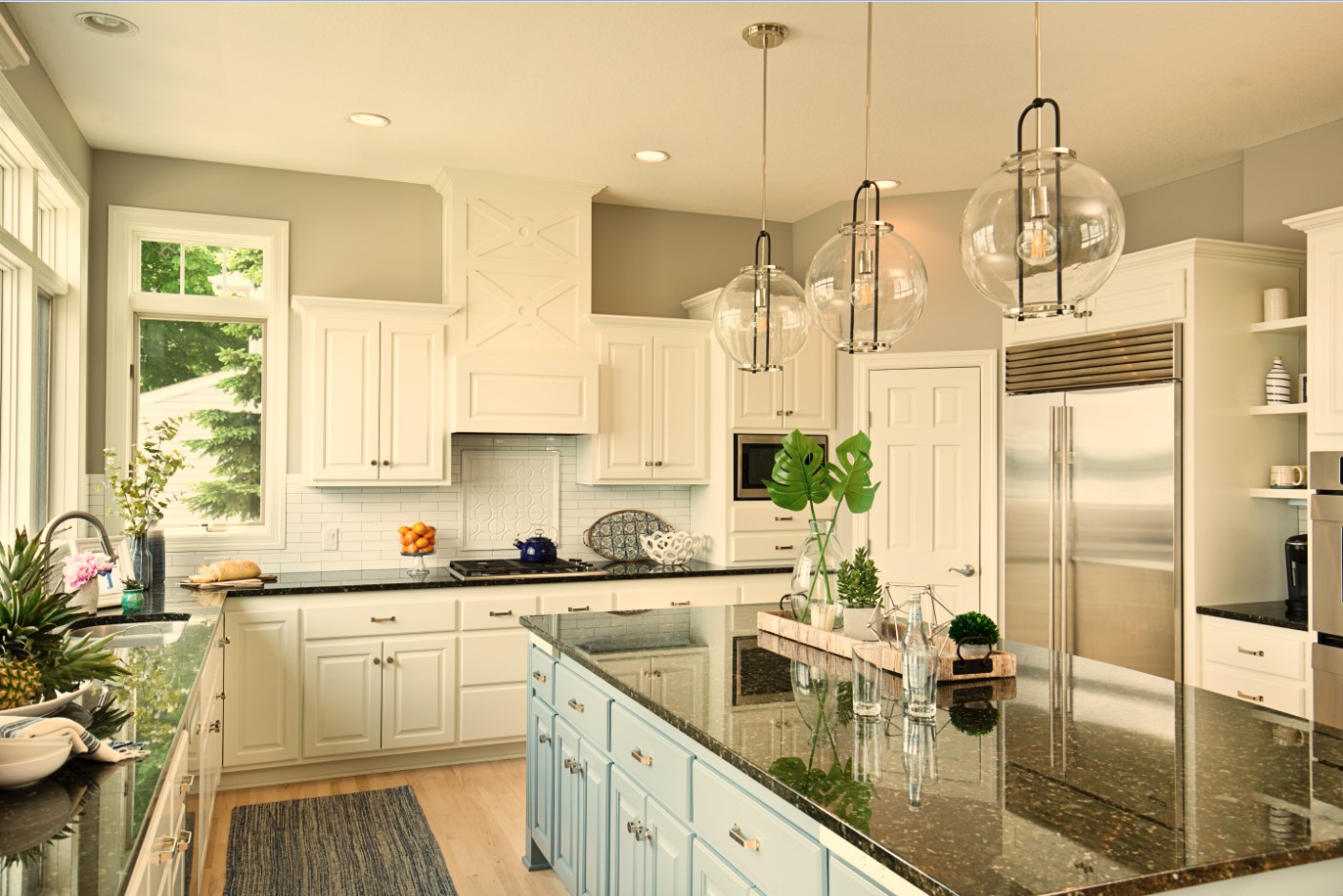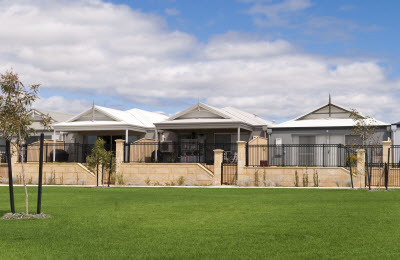Stars matter: How to pick appliances to save energy
These days, no new homes will be fitted without star-rated appliances and there’s a reason why: to help you reduce your energy consumption.
If you’re still stuck with your old fridge or dryer, it’s time to flip to a new star-rated appliance – it’ll save you money, and the environment. Star ratings help measure energy efficiency, and the higher the rating, the less energy your appliance will consume. But that isn’t the start and end of the story.
Here, we’ll help you make sense of the star rating system.
The basics of energy rating labels
Firstly, a one-star label ain’t great! But it’s not the absolute worst thing in the world. Appliances in Australia are required to meet a minimum energy efficiency standard.
But yes, as the system goes, the lower the star-count, the worse its energy efficiency rating.
As of today, appliances are rated out of 10 stars.
Ratings change
A top-rated washing machine from several years ago might rate a lot worse if it were measured today. The reason for this is that energy efficiency technology is improving, and the comparative measurements (i.e. the star ratings) are forced to adjust.
Therefore, what once may have rated five out of a maximum six stars, may rate much lower in today’s market where appliances are being rated up to 10 stars. Keep this in mind when shopping for second-hand appliances or assessing the energy efficiency of your current model.
Size also matters
One major thing to note about the energy star rating system, is that it only compares appliances of the same type and size.
The rating does not compare different appliance models (e.g. fridges vs. washing machines) or large fridges vs. small fridges. This is because the stars do not rate how much energy is consumed in total, but rather energy efficiency according to size.
So, if you’re looking at a small fridge with a low star rating, but there’s a larger fridge you could get with a high star rating – the smaller fridge may still cost you less to run.
To figure this out more accurately, look below the stars on the label to see the estimated energy consumption in kilowatts per hour (kWh), per year.
How to compare different models
It’s rare that any one person will need to upgrade all of their appliances at once. However, if you are building and looking to purchase a full suite of new electronics, you may want to consider budgeting and prioritising.
Ideally, you’d be able to buy the best rated appliances in every category. However, even though better-rated appliances tend to cost less in the long run, you may not have the luxury of splurging on the pricier models today.
So, how do you choose?
First, consider you and your household’s needs. You may not need air-conditioning, but you want the biggest fridge on the market because you’ve got four growing kids.
Also, look at the standard yearly energy consumption on the star-rating label to help compare each appliance’s energy use. If you don’t want to do it all manually, the Government has provided this online calculator to help compare.
How to calculate costs
The Government’s energy rating website offers this handy explanation:
“Take the energy consumption figure and divide it by four. For example, if the Energy Rating Label on a washing machine says it uses 400 kWh, it means it will roughly cost you $100 per year to run.
“This is because across Australia energy rates range from under 20c to just over 30c per kWh – so using 25c (1/4 of a dollar) is somewhere in the middle.”
It should be noted, this is based off standardised figures, and each household’s use of each appliance will vary. In other words, it is just an estimate.
Understanding air-con labels
As mentioned, air-conditioners are the greediest energy consumers in most homes. They just eat that stuff right up!
If you do need one, just remember star rating labels on air conditioners are different to other labels: there are two separate ratings for heating and cooling.
Not only that, but the labelling has recently changed. While once there were two regular-looking labels like you would see on most appliances – just with one row of blue stars (cool rating) and a row of red stars (heating) – there is now a more complex-looking label called the ‘Zoned Energy Rating Label’ or ZERL.
This label not only compares heating and cooling functions, it also compares the unit’s energy efficiency in different climates – as the standard consumption changes in these zones. It should also feature an indoor and outdoor noise rating.
Finally, labels on ducted air-con systems are voluntary, so your unit might not have one. For information on its energy use, search the energy rating registration database, which contains information on all registered products.
SOURCE: www.realestate.com.au



